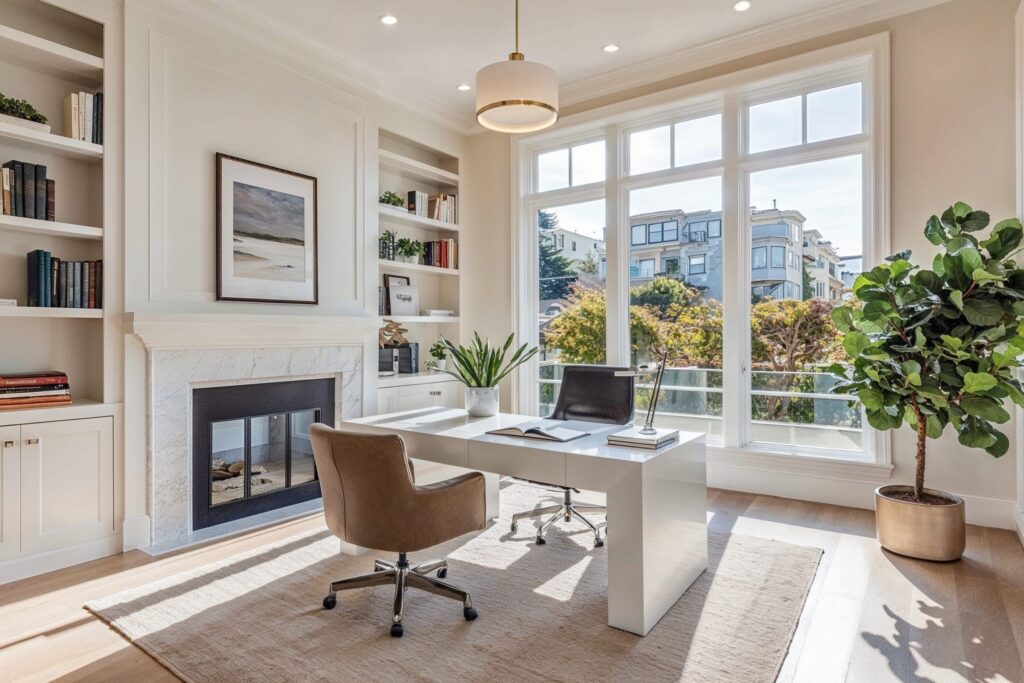For homeowners, 2026 marks a decisive shift in how we approach household efficiency. The era of high-value federal tax incentives is sunsetting, making the focus pivot sharply from qualifying for temporary credits to securing permanent, long-term operational savings. A strategic home upgrade is no longer just about compliance; it’s a vital, proactive financial defense against rising utility costs and climate volatility. The smartest investments you make now are those that offer the quickest return on investment (ROI) and leverage new sustainability trends.
Implementing a strategic home upgrade plan is about moving beyond temporary fixes to embed resilience and efficiency into your property’s core. This guide details ten high-impact, eco-friendly improvements that reduce your environmental footprint while immediately stabilizing your budget.
Phase Out, Pay Off: Why Long-Term ROI Matters in 2026 home upgrade
A crucial financial reality check for 2026 is the expiration of the robust federal energy tax credits offered under the Inflation Reduction Act (IRA). The highly popular $3,200 annual credit for general energy efficiency and high-efficiency heat pumps is set to expire after December 31, 2025.
This change means the financial calculus for every home upgrade must shift. We are now focusing on anticipated ROI derived from dramatically reduced utility bills, increased home equity, and reduced long-term maintenance costs, rather than relying on a direct tax rebate. By moving forward with these sustainable projects, you are making a strategic investment that pays dividends regardless of political policy.
The 10 Essential Eco-Financial Home Upgrades
The highest-priority improvements target the home’s envelope and major systems, where energy loss is most significant.
High-Efficiency Systems and Climate Control
1. Smart, Adaptive Thermostats
Installing a smart, programmable thermostat is an immediate digital home upgrade that moves beyond basic scheduling. These devices learn household habits and optimize heating and cooling in real time, dramatically reducing energy waste when the home is unoccupied. This investment boasts an estimated ROI around 60%.
2. Full LED Lighting Conversion
Switching every incandescent bulb to LED lighting is the simplest home upgrade with the most immediate effect. LEDs use a fraction of the electricity and, crucially, produce significantly less heat. This secondary cooling benefit helps decrease the load on your HVAC system, especially in warmer months, generating synergistic savings.
3. Strategic Air Sealing and Insulation
Air leaks around windows and doors, coupled with poor attic insulation, are major sources of energy waste. Sealing drafts with weatherstripping and adding insulation are economically necessary measures that directly attack your highest energy costs. This home upgrade improves the entire energy envelope of your property.
4. Eco-Friendly Window Films
A rising trend for 2026 is the use of specialized eco-friendly window films and tints. This non-major home upgrade enhances energy efficiency by blocking excessive solar heat gain in the summer and retaining interior heat in the winter, all without the massive expense of replacing every window.
5. Tankless Water Heater Installation
Replacing a conventional tank heater—which constantly wastes energy keeping water hot—with an on-demand tankless unit eliminates this significant standby energy loss. While the federal credit for this is expiring, the lifetime savings on heating costs make this a worthwhile long-term home upgrade.
Water Management and Sustainable Materials
6. Low-Flow WaterSense Fixtures
Installing WaterSense-certified low-flow showerheads and faucets is a minor home upgrade with a powerful dual-savings effect: you save money on the water utility bill, and you save the substantial energy that would have been required to heat the excess water.
7. Upgrade to ENERGY STAR Appliances
When major appliances fail, replacing them with certified ENERGY STAR models is a wise move. This necessary home upgrade saves energy, and in the case of washers and dishwashers, significantly reduces water consumption as well.
8. Native Landscaping and Rainwater Capture
Moving toward native, drought-resistant landscaping minimizes maintenance and irrigation needs. Additionally, installing rain barrels captures free rainwater for gardening, offsetting high summer utility charges. This curb appeal home upgrade has an average anticipated ROI between 70% and 100%.
9. Sustainable and Upcycled Materials
The 2026 design trend emphasizes biophilic design and the use of sustainable materials like quartz countertops (made from recycled glass) and upcycled furniture. This aesthetic home upgrade not only reduces waste but often results in highly durable, low-maintenance finishes that conserve water and energy over their lifespan.
10. Non-Toxic, Low-VOC Paint
Choosing non-toxic, low-VOC paint for interior home upgrade projects supports the creation of a healthier indoor environment. While often overlooked, the reduction of harmful chemicals is an essential part of sustainable living and contributes significantly to the quality of life within the home.
Conclusion: Making the Ultimate Investment
In 2026, the absence of high-value federal tax credits refocuses the home upgrade conversation squarely on long-term operational costs. Every home upgrade in this definitive list—from smart tech integration to water management—is designed to maximize efficiency and secure your financial future. By prioritizing projects with verifiable ROI and sustainable practices, you ensure your property is a resilient, lower-cost, and high-value asset, making your home upgrade investment ultimately successful.
FAQs
Why is the ROI calculation for a home upgrade changing in 2026?
A: The calculation is changing because the high-value federal tax credits established by the Inflation Reduction Act (IRA), which offered up to $3,200 annually for high-efficiency home upgrade projects, are set to expire after December 31, 2025. In 2026, the anticipated ROI must rely more heavily on verifiable, long-term savings realized through reduced utility bills, rather than temporary government incentives.
Which home upgrade offers both water and energy savings simultaneously?
A: Low-flow, WaterSense-certified fixtures (like showerheads and faucets) are a minor home upgrade that delivers dual savings. They reduce the amount of water consumed, which lowers the water bill, and simultaneously save the significant amount of energy that would have been required to heat that excess water .
What is the most financially smart first step before starting a major home upgrade?
A: Commissioning a professional home energy audit is the smartest starting home upgrade decision. The audit accurately identifies the specific weak points in your home’s energy envelope and usage, ensuring that any subsequent investments—such as insulation or new appliances—are strategically focused where they will provide the greatest return on investment.
Which eco-friendly home upgrade trend is replacing expensive window replacements in 2026?
A: Eco-friendly window films and tints are a highly impactful, non-major home upgrade trend for 2026. These specialized films enhance energy efficiency by blocking solar heat gain in the summer and retaining interior heat in the winter, providing a significant efficiency boost without the massive cost associated with fully replacing all windows.



